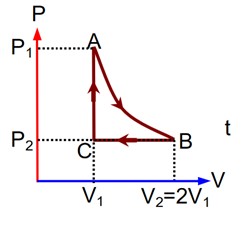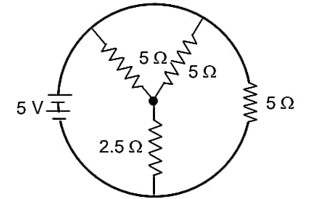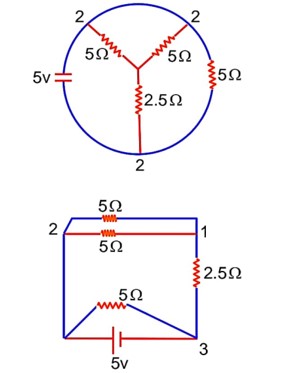Physics
Get insights from 5.6k questions on Physics, answered by students, alumni, and experts. You may also ask and answer any question you like about Physics
Follow Ask QuestionQuestions
Discussions
Active Users
Followers
New answer posted
2 months agoContributor-Level 10
If
Y = 3K (1 - 2
and Y = 2
With the help of equations (1) and (2), we can write
New answer posted
2 months agoContributor-Level 10
There are three main processes Isothermal, adiabatic and cyclic process. In isothermal, the system is thermally conductive and the temperature remains constant. In adiabatic process, the system is thermally isolated and there is no change in heat temperature. The system returns to its initial stage in the cyclic process.
New answer posted
2 months agoContributor-Level 10
New answer posted
2 months agoContributor-Level 10
Power calculations can also differ based on the nature of forces, which are as follows:
- Conservative Forces: Here, work done is path-independent. e.g., gravity, spring force
- Non-Conservative Forces: Work depends on the path. e.g., friction
Taking an Exam? Selecting a College?
Get authentic answers from experts, students and alumni that you won't find anywhere else
Sign Up on ShikshaOn Shiksha, get access to
- 65k Colleges
- 1.2k Exams
- 679k Reviews
- 1800k Answers



